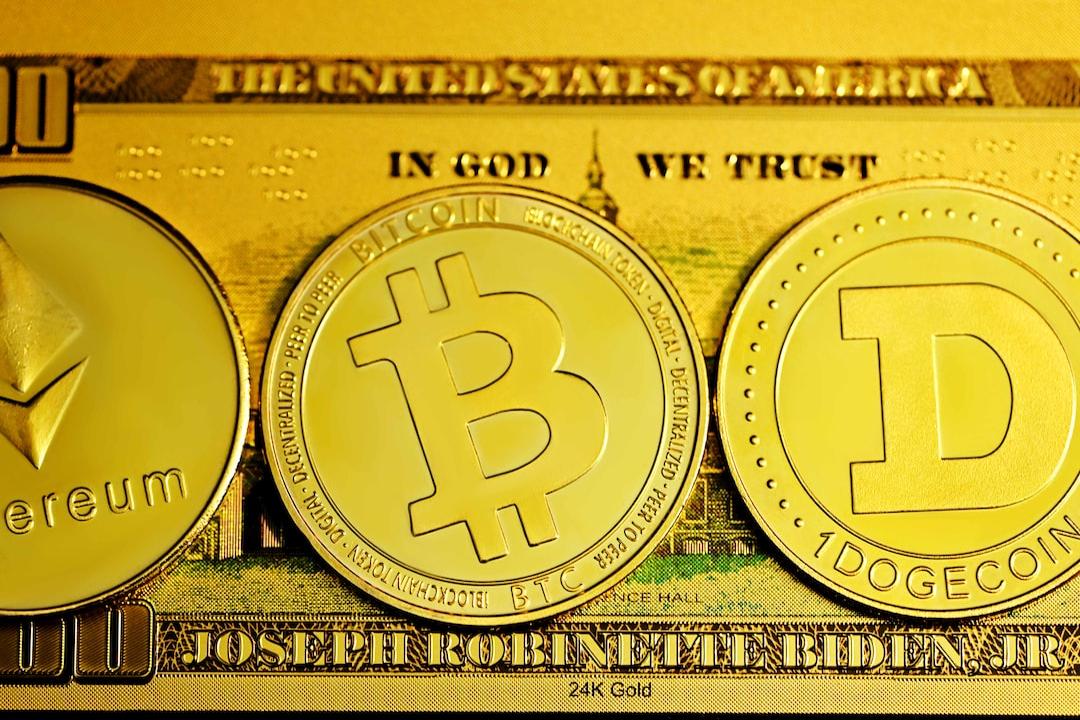Assuming you have $1000 in capital, and each investment in Solana can either result in a loss of the entire amount or a 10x return, should you invest, and if so, what proportion?
(Previous summary: Pre-order tutorial: Ambush Solana Saga 2nd generation mobile phone “airdrop attack”, historical empowerment, potential cooperation projects in one view)
(Background supplement: Solana launches “Token Expansion” targeting enterprise customers! 7 new standards, Paxos and GMO Trust leading the way)
Table of Contents:
Is speculating on Solana worth it?
The “slaughterhouse” where players always lose
Values of both Kelly formulas:
Interpretation of the formulas:
Conclusion
Speculating on Solana seems to be the timeless wealth code in the cryptocurrency world. It is filled with the most miraculous stories of getting rich in the cryptocurrency field and is a dedicated track for many hoping to make big gains with a small investment. From Ethereum to BSC, and now Solana. On one hand, the stories of skyrocketing prices have allowed a few lucky individuals to embark on the path to financial freedom. On the other hand, it has caused the majority of investors to lose money in their attempts to invest in Solana.
Currently, there is a theory that even though investing in Solana projects may result in more losses than gains, winning once can earn you many times the investment, making it a high-quality gold mining track. From a scientific investment perspective, is participating in Solana projects a reasonable decision? PANews will conduct a comprehensive analysis of this track from the perspectives of practicality, win rate, and odds using the Kelly formula.
Assuming you have $1000 in capital and each investment in Solana can either result in a loss of the entire amount or a 10x return, should you invest, and if so, what proportion?
Solana has become the most prominent public chain coin in this market cycle. Its highest increase in the past year has reached 15 times, driven by a significant increase in on-chain data. According to Defillama data, on December 22, 2023, Solana’s on-chain highest daily trading volume reached $2.6 billion, surpassing Ethereum’s highest daily trading volume in 2023 of $2.5 billion, making it the most active public chain for trading. The active performance is inseparable from the enthusiasm for speculating on Solana and gold mining.
Compared to traditional Ethereum speculation, Solana’s Dogecoin transactions have the following characteristics: low gas fees, high trading activity, and fewer token contract loopholes.
Gas fees: On Ethereum, the average on-chain transaction fee ranges from a few dollars to tens of dollars. On Solana, the on-chain fees can be so low that they are almost negligible.
Few token contract loopholes: Compared to the various contract vulnerabilities on Ethereum, such as Ponzi schemes, high tax schemes, and siphon schemes, Solana, due to its mechanism, has almost no other contract loopholes besides inflation and contract permissions (these two can easily be seen on on-chain data websites).
Lower trial and error costs: The token price of Solana’s mainnet token SOL is much lower than that of Ethereum, which makes it more friendly for players looking for Dogecoin on Solana. Many players invest around $10 for one investment, which is often not enough to pay for a transaction fee on Ethereum.
These conditions make Dogecoin on Solana appear to be a great opportunity to take a risk and turn a bicycle into a motorcycle. But is it really the case?
Experienced Dogecoin players know that Dogecoin speculation is almost entirely a game of luck, more similar to gambling or lottery than investment. If we consider Dogecoin speculation as a gambling game, the Kelly formula is used to measure whether this game should be participated in and what is the most reasonable proportion of funds to participate in each time.
The Kelly Criterion is a mathematical formula used to optimize capital management in investment and gambling. Its core idea is: when facing bets with positive expected values, how should one allocate funds to maximize long-term growth rate. The Kelly Criterion was proposed by John Kelly in 1956, initially used for information transmission problems in telephone lines, and later proved to be very effective in the gambling and investment fields.
The basic form of the formula is:
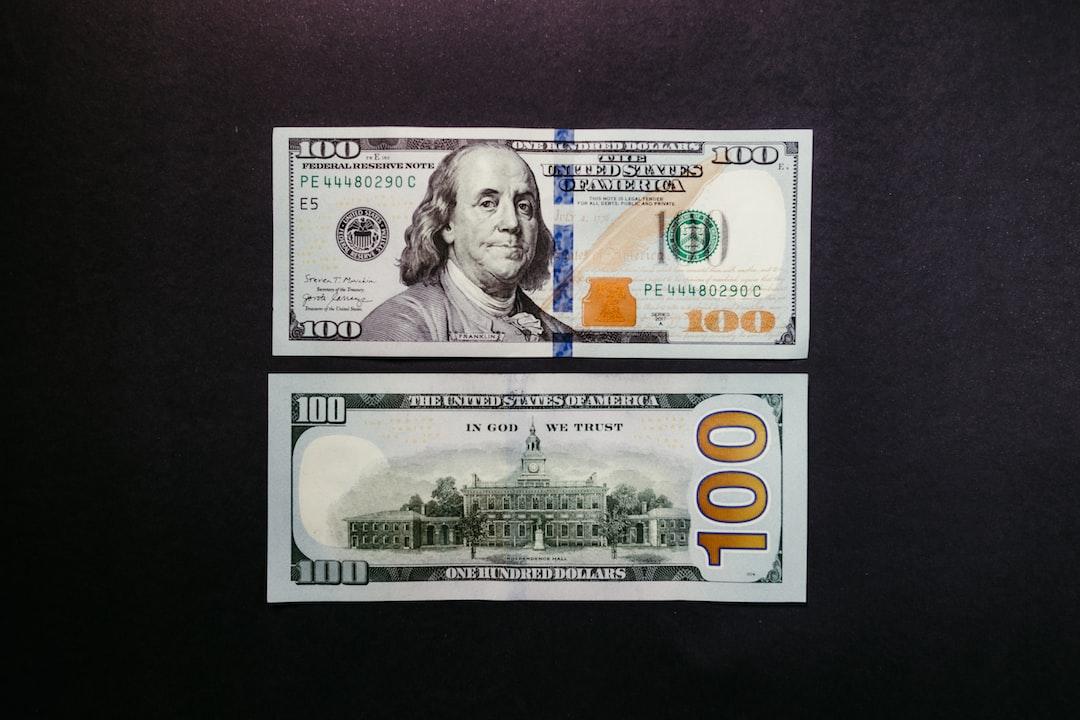
F: Proportion of funds to invest
B: Odds (investing $1 can earn $10, so the odds are 9)
P: Win rate (out of 100 investments, winning 3 times, so the win rate is 3%)
Q: Loss rate (q=1-p)
Through this formula, one can calculate the capital allocation to use for each investment or bet in order to maximize long-term capital growth. One important feature of the Kelly Criterion is that it considers the balance between risk and reward, helping to avoid high-risk situations caused by over-investment.
Based on the Kelly Criterion, let’s calculate how much proportion of funds should be invested in Ethereum and Solana Dogecoin trading.
We extracted 24 hours of data for calculation. Within the sample period, there were 1743 new Dogecoin projects launched on Solana and an average of approximately 213 on Ethereum.
Here, we set a condition for potential gold mining. There are more than 100 holders, and the price has increased by more than 10 times within 24 hours.
Under this condition, the number of potential gold mining projects in Ethereum in the past 24 hours is 7, while the number on Solana is 28.
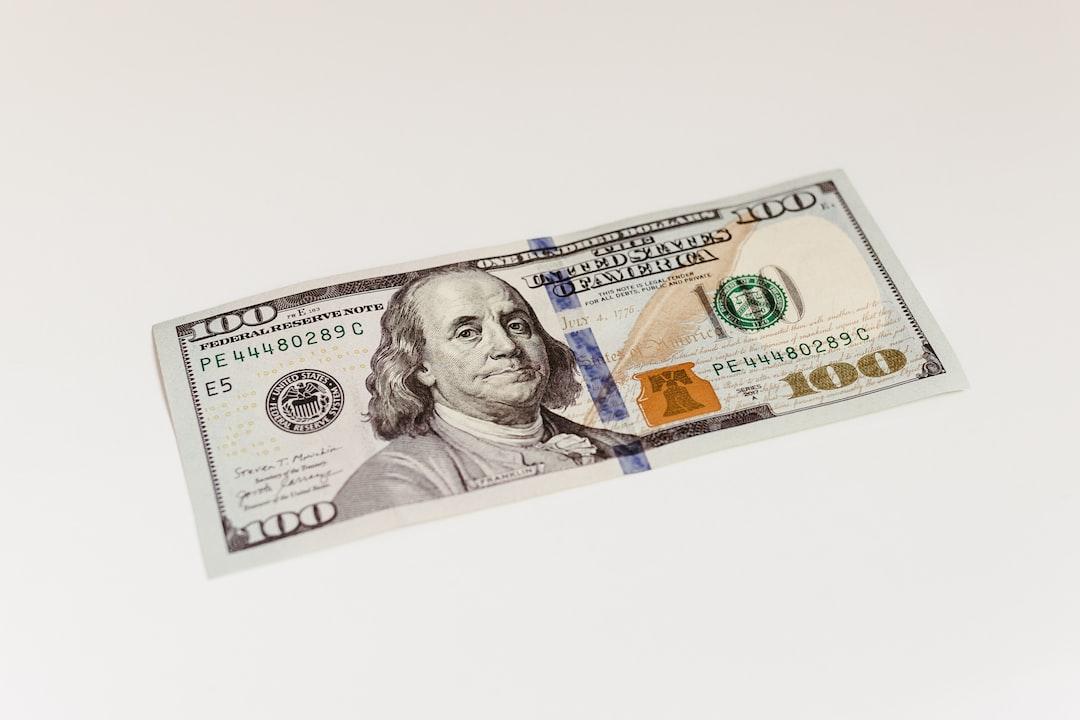
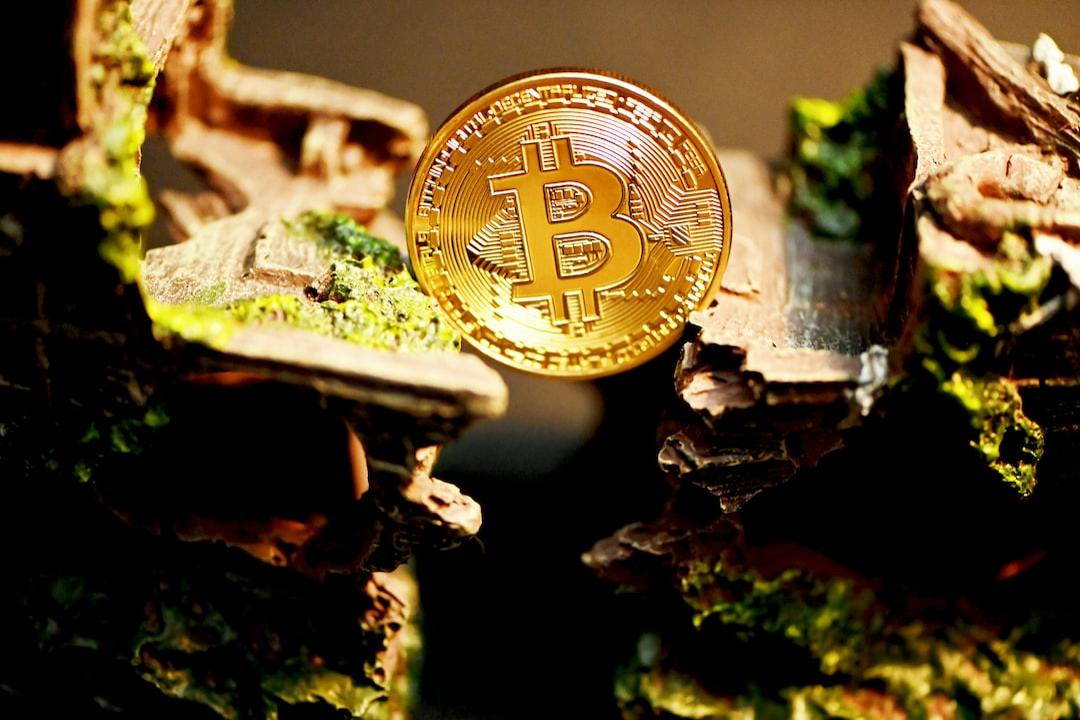
Assuming we have $1000 in capital, and our standard for winning is to buy one Dogecoin and obtain a 10x increase. The odds are 10, and the win rate for Ethereum is 7/213 = 3.28%. The win rate for Solana is 1.6%.
Ethereum:
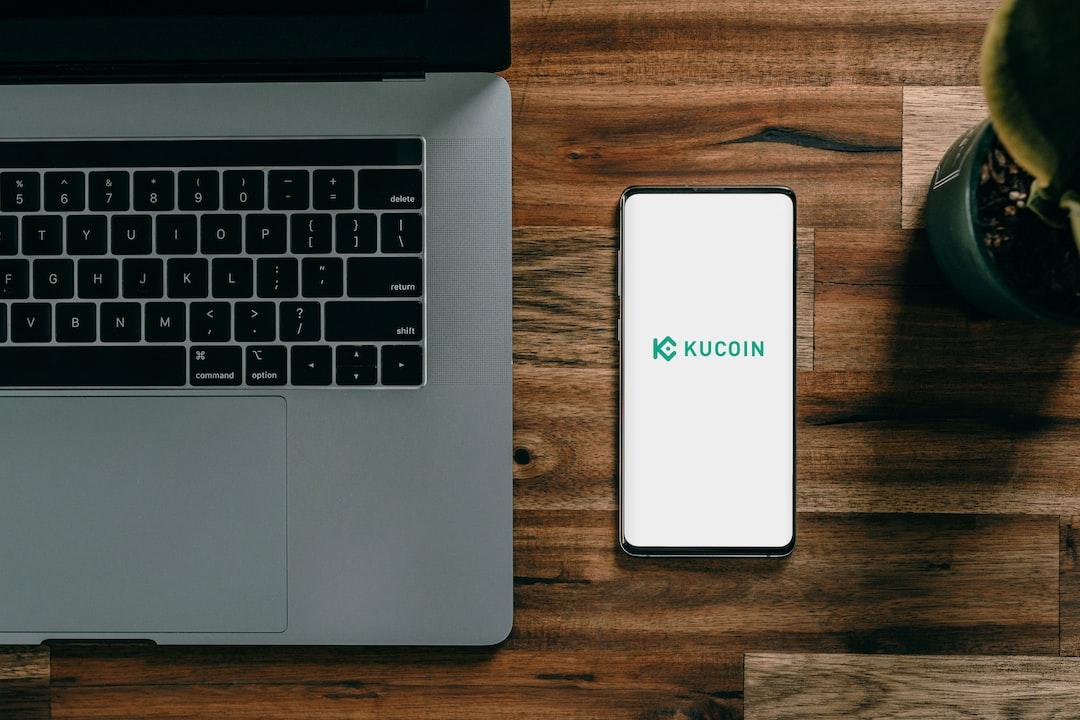
Solana:

Based on the data, we can see that the Kelly Criterion value for Ethereum is -0.06, and for Solana, it is -0.08. When the value calculated by the Kelly Criterion is negative, it means that based on the given odds and win rate, the expected return on investment or bet is negative. In other words, it is an investment or bet expected to incur losses. In this case, the Kelly Criterion is essentially telling us not to make this investment or bet.
As a professional Dogecoin player, you can monitor the market 24/7, buy into a project as soon as it launches, and sell when the market value increases by 10 times. How much funds should you invest in Dogecoin trading? Through the calculation of the Kelly Criterion, it is clear that you should not participate in this game at all, as it will only lead to the loss of your capital in the long run.
The reason is that the game of Dogecoin speculation may have high odds (often seeing people boasting about returns of 10 times or more), but it overlooks the survivorship bias. Ordinary players face several difficulties in winning this game: First, it is impossible to buy into every newly launched project at the first opportunity; Second, few players can truly withstand volatility and fully capture a 10x increase; Third, it is difficult to increase the win rate to above 10%. Therefore, from a mathematical perspective, even though Solana’s Dogecoin has many advantages that are more user-friendly than Ethereum, it is still a “slaughterhouse” where players always lose.
Of course, the Kelly Criterion is only a recommendation for rational investment proportions. If we calculate based on a 10x odds, it is only worth considering participating in this game if you can maintain an investment win rate of above 10%.
Related Reports:
Jupiter airdrop WEN receives over half of the addresses, but Solana’s new address increases significantly!
Solana has another airdrop of $UNISOL! Exclusive to Unibot token holders, $UNIBOT rises over 45%.
Solana Foundation Report: 2023 ecosystem overview and latest development tools.


